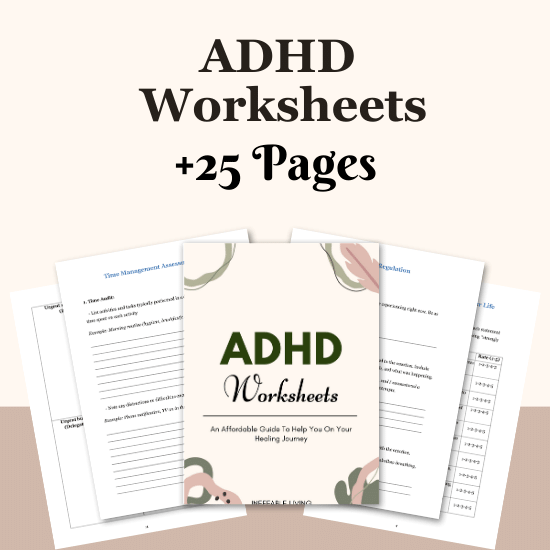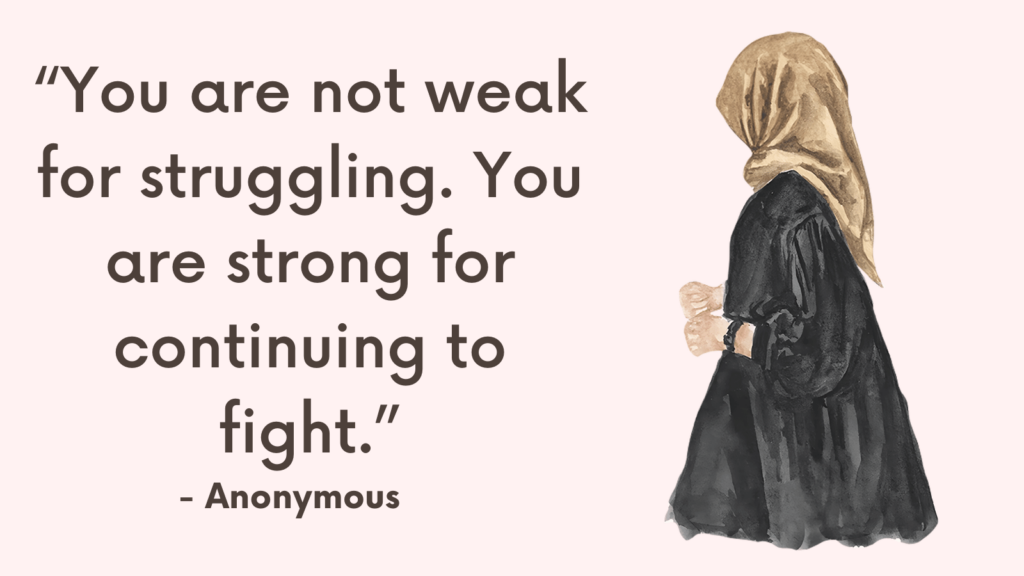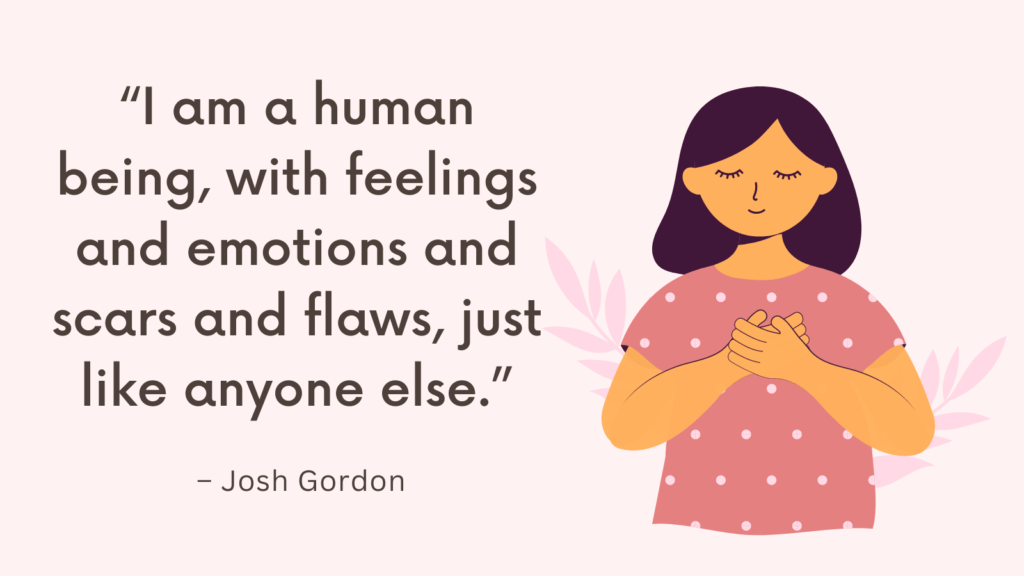In this post, you’re going to learn how to get out of ADHD paralysis.
What Is ADHD Paralysis?
ADHD paralysis, also known as “decision paralysis” or “analysis paralysis,” refers to a state of feeling overwhelmed, stuck, or unable to take action due to the cognitive and emotional challenges associated with attention-deficit/hyperactivity disorder (ADHD).
Individuals experiencing ADHD paralysis may find it difficult to initiate or complete tasks, make decisions, or navigate through everyday responsibilities, leading to a sense of frustration, stress, and reduced productivity.
This phenomenon can manifest in various aspects of life, such as academic responsibilities, work tasks, household chores, or personal projects.
It often involves a struggle to organize thoughts, prioritize actions, and maintain focus, which can contribute to a pervasive feeling of being “frozen” in the face of demands or choices.
The experience of ADHD paralysis is complex and can be influenced by factors such as distractibility, impulsivity, difficulty with time management, challenges in sustaining attention, and emotional dysregulation.
These factors can create barriers to effective decision-making and task completion, leading to a cyclical pattern of avoidance and heightened anxiety surrounding responsibilities and commitments.
Related: How To Manage Time With ADHD? Best 17 Time Management Tips For ADHD Adults
How To Get Out Of ADHD Paralysis?
1. Understanding ADHD
It’s crucial to have a comprehensive understanding of ADHD and how it affects an individual’s cognitive and emotional processes.
ADHD is characterized by difficulties in attention, hyperactivity, and impulsivity.
Understanding the neurobiological basis of ADHD can help individuals develop self-compassion and reduce self-blame for their struggles.
2. Develop Structure and Routine
Establishing a structured daily routine can be beneficial for managing ADHD symptoms.
Utilizing tools like planners, calendars, and reminders can help individuals stay organized and on track with their tasks and responsibilities, reducing the likelihood of feeling overwhelmed and paralyzed.
3. Break Tasks into Manageable Steps
Breaking down tasks into smaller, manageable steps can make them less daunting for individuals with ADHD.
This approach reduces the likelihood of experiencing paralysis when faced with complex or overwhelming tasks, as it allows for incremental progress and a sense of accomplishment.
4. Utilize Time Management Strategies
Time management techniques, such as the Pomodoro Technique (working in focused intervals with built-in breaks) or setting specific time limits for tasks, can help individuals with ADHD improve their productivity and prevent paralysis due to time-related anxiety.
5. Practice Mindfulness and Grounding Techniques
Engaging in mindfulness meditation and grounding exercises can help individuals with ADHD manage feelings of overwhelm and paralysis.
These practices can enhance self-awareness, reduce stress, and improve emotional regulation, fostering a greater sense of control and calmness.
Related: ADHD Burnout Cycle: top 9 Strategies to Prevent It
6. Physical Activity and Exercise
Regular physical activity has been shown to have positive effects on ADHD symptoms.
Engaging in exercise releases dopamine and norepinephrine, neurotransmitters that play a role in attention and executive function.
Additionally, exercise can reduce stress and anxiety, which are often contributors to ADHD paralysis.
7. Constructive Procrastination
For some individuals with ADHD, engaging in a different, but still productive, task when feeling paralyzed can help break the cycle of avoidance.
This approach allows individuals to maintain momentum and a sense of accomplishment while temporarily shifting focus from the challenging task.
8. Social Support and Accountability
Communicating with friends, family members, or colleagues about personal challenges related to ADHD paralysis can provide a network of support and accountability.
Trusted individuals can offer understanding, encouragement, and practical assistance in managing tasks.
Related: How To Help A Child With ADHD Focus Without Medication? Best 21 ADHD Self-Help Techniques
9. Accommodations and Assistive Technologies
In educational or work settings, individuals with ADHD can explore accommodations such as extended time for tasks, assistive technologies, or environmental modifications that can support their productivity and reduce the likelihood of paralysis.

Conclusion
It’s important to recognize that the experience of ADHD paralysis can vary widely from person to person, and the effectiveness of strategies may differ based on individual preferences and needs.
Moreover, practicing self-compassion and acknowledging the unique strengths and challenges associated with ADHD can contribute to a more supportive and empowering mindset.



